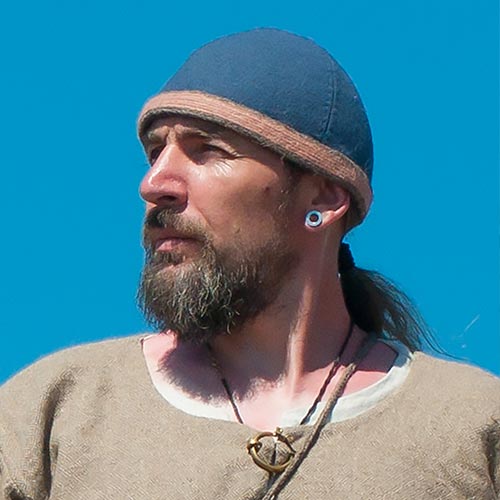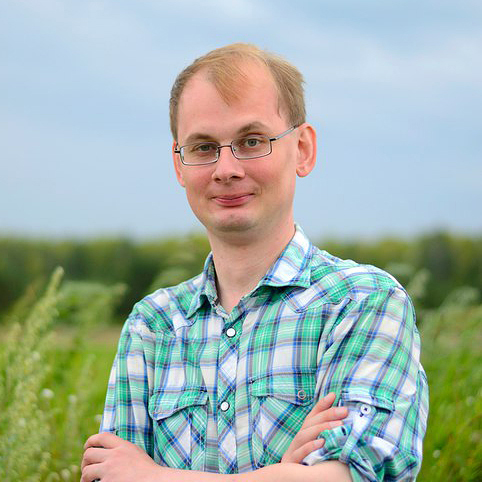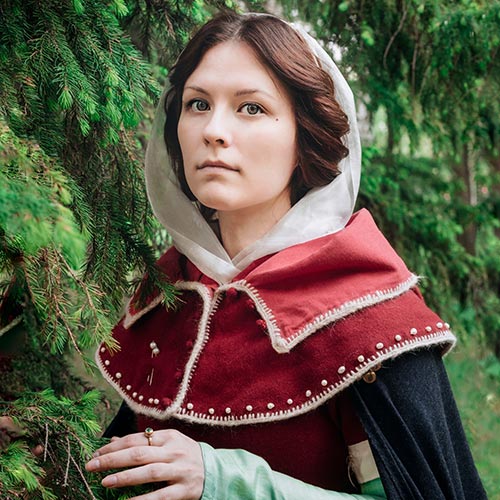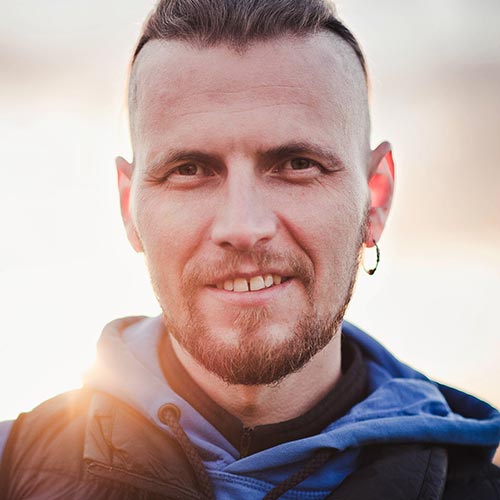A Journey Through Time: From Present to the Steppe of the Second Millennium B.C.
What a summer’s research taught this junior about her native Kazakhstan and big time versus small time.
NEW YORK CITY, USA — Libraries, archives and museums are the greatest guardians and primary absorbers of curious students’ summer break time. Usually, they give you more than they take away. In 2015, I searched museums for traces of the life and work of world-renowned philosopher Mikhail Mikhailovich Bakhtin, who lived between 1895 and 1975. In 1930, he was unlawfully exiled to my hometown, Kostanay, Kazakhstan. There he spent almost seven years working and writing his influential essays. His quest plunged me into Bakhtinology, events of massive political repression and regional study. Thus I began to dive into this exciting pool of information, whereas Bakhtin led me further back in history and philosophy; however, I could not have imagined he would take me as far as the second millennium B.C.
My curiosity did not mislead me as usual. One day, when my research in the local museum about Bakhtin’s life was nearly complete, I overheard some people talking in English in the auditorium of the museum. Following my childish habit to take interest in all English-speaking people brought to the city by chance, I discovered that this time, it was a Danish scientist, Peter de Barros Damgaard. He was examining the remains of ancient people who once inhabited the Kazakh steppes, and I immediately realized the necessity to interview him. However, before I had the chance to interview him, he disappeared. At my request, the museum’s curator said I could talk to him the next day in the steppe, where he would partake in the archeological excavation of ancient people’s graves. I wanted to reach the steppe instantly because I knew the importance of the excavation, and moreover, I was excited to interview Damgaard. The site was around 100 kilometers away from the city, and I did not have a car. But fortune was on my side. I found that our family friends live near the archeological location, and they agreed to host me for a few days. So, my journey began.
The next morning, I called the head of the archaeological expedition, Emma Usmanova, who is also an expert on the Bronze Age in Kazakhstan. She confirmed that Damgaard was with them. In the steppe, I saw a group of people who worked collaboratively on recording the remains found. Identifying Damgaard was impossible because everyone was dressed in a similar way. The leader, however, was immediately recognizable by her gestures. Usmanova mistook me for a local newspaper’s reporter, and she was surprised when she found out that I was a student from NYU Abu Dhabi, learning how to make documentaries. While sharing food and drinking tea in the tent, I got to know Kazakhstani archaeologists and other members of the team, who were taking part in the excavation. Among them was Damgaard, the scientist I had been running after since the day before. But my attention was already dispersed among other people, whose archaeological work I observed with the greatest interest.
Expedition near the village of Novolinovskoe
Usmanova said that the ancient tombs belonged to the Andronovo culture. The Andronovo culture was the largest culture during the Bronze Age in Europe and Asia, a time period ranging from the 18th to the eighth century B.C. Andronovo culture is characterized by the unity of monuments located in the territory of Europe, the Ural Mountains, Siberia and Kazakhstan. The Andronovo settlers were Europeoids of the Mediterranean archetype, progressive managers of resources and the civilizers of the time. According to some scholars, they were warriors and were also some of the first people to have chariots. Moreover, they actively spread to other areas, built villages, mined ore, engaged in herding, cattle breeding, agriculture and constructed bronze articles. Some experts suggest they spoke Indo-European languages, but there are no written records to prove this claim. Despite the lack of this particular evidence, it is certain that the Andronovo created rich material and spiritual culture. Usmanova considers them innovators who brought metallurgy, pottery, ceramic production and high-quality weaving to the steppe. They were also most likely fire-worshipers and admirers of the sun, as evidenced by a number of solar and swastika symbols on their jewelry.
We all looked with amazement at an ancient bronze arrowhead that had been excavated. Looking at it, I felt not only connected to the past, but also to the boundlessness of eternity and space. My great-grandfathers were buried a few kilometers away from these earliest graves, and a new Islamic cemetery was only a hundred meters away from the excavation site. These circumstances gave me more awareness of our connection with the Andronovo. The dead started speaking as a part of life. And this priceless asset of ancestors, memory and culture became a crucial part of me from that moment on.
The Andronovo people partially dissolved into other nations, who inhabited this steppe later on. Some of them migrated to different locations, leaving questions of origin and ancestry behind. They are referred to Eurasians as well as Indo-Europeans. There is also one hypothesis dictating that the Andronovo culture is related to the Aryan culture, as the Avesta and Vedic nations consider themselves to be their descendants. For example, quite a few experts believe that the couples of the Andronovo period, who were buried in Kazakhstan, reveal a now-obsolete ancient ritual preserved for centuries among the Hindus — the rite of Sati where women followed their deceased husbands to the funeral pyre. The Andronovo tribes, being their distant ancestors, could have generated this ritual.
What about Damgaard, the scientist in whose pursuit I came to the steppe? I finally had the chance to have a conversation with him.
I am glad I put everything aside to go after Damgaard, because in the most unusual way, these archaeological excavations — in which I happened to take part — turned me back to the main subject of my research: Bakhtin. It occurred to me that Usmanova was also inspired by this philosopher. When the excavation came to an end, she recommended that I read her books, which were largely influenced by Bakhtin’s philosophy. She also suggested that I visit a museum in Lisakovsk, which exhibits various artifacts gathered from other local excavations of the Andronovo culture.
The reconstruction of the Andronovo woman’s tomb. She lies on her side, as though she is asleep.
After a few days, I visited the museum with my family, and we saw pottery from the Andronovo tribes that had similar drawings and symbols. Among graphic markers on the pots, there was a swastika — the symbol of the sun. Of course, this sign has nothing to do with the Nazi swastika.
The tour around the museum was an adventure in itself. There was an exhibition with the reconstructed skulls of the Andronovo tribes based on their physical appearances. Our guide looked at these sculptures, then at my
father and brother, and smiled. I could not understand what was happening until I looked closely for myself. The relatives from my paternal side and men from the Andronovo tribes happened to have similar facial features.
They stood and looked at each other despite the fact that they were separated by more than 3,500 years. After such a discovery, we decided to visit the graves of our grandparents. I felt an undying love and gratitude for my ancestors.
This experience has been a blissful one, and I am still trying to understand it fully. Various circles of time converged through my planned and accidental studies, and life, history and the people, whose work I am interested in, became its main centers. The Andronovo culture, Bakhtin, Usmanova, Kazakh archaeologists, Damgaard, my family and my ancestors — they all met outside of apprehendable time in the space of a Kazakhstani steppe and my own life. Our similar perceptions of history allow me to think about the Bakhtinian categories of big time and small time, to look at every cultural phenomenon directly through the projection of the past and the future, through the perspective of continuous and potentially unfinished dialogue between cultures.
Anna Balysheva is a contributing writer. Email her at feedback@thegazelle.org







